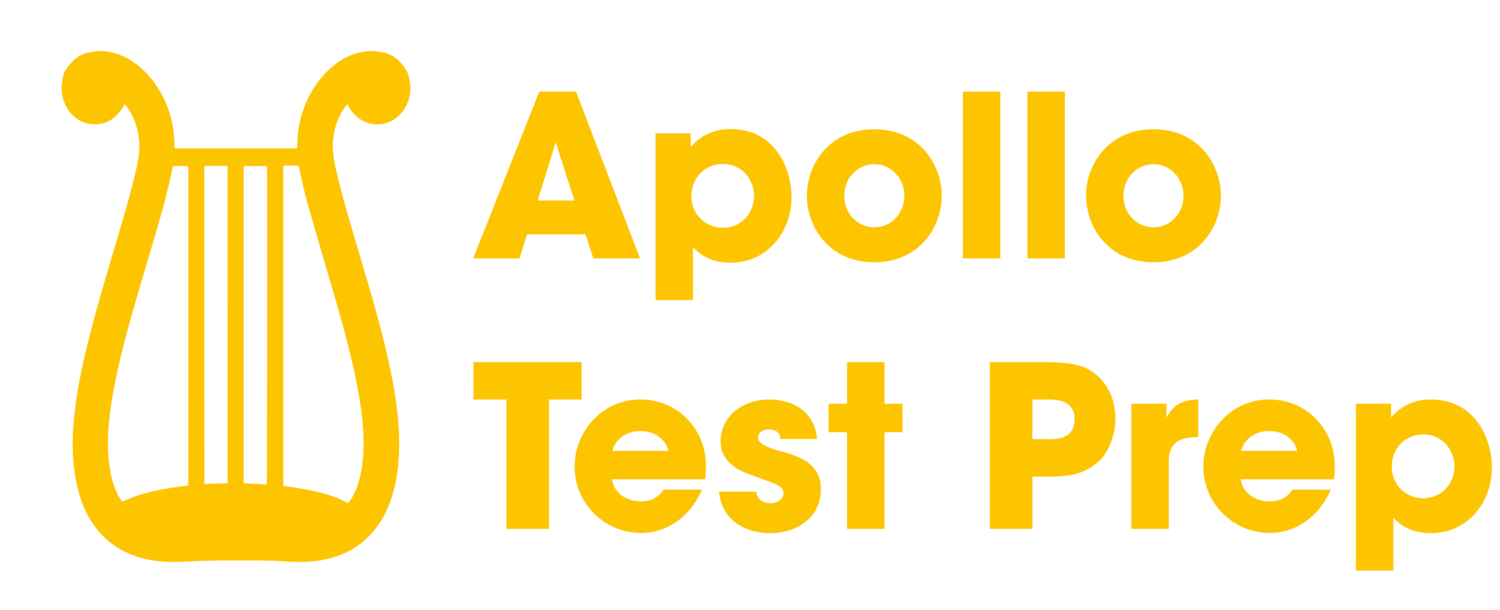LSAT Explanation PT 34, S3, Q1: If a doctor gives a patient
LSAT Question Stem
Which one of the following most accurately expresses the principle illustrated above?
Logical Reasoning Question Type
This is a Principle question.
Correct Answer
The correct answer to this question is C.
LSAT Question Complete Explanation
Let's first analyze the argument in the passage. The passage states that if a doctor gives a patient only a few options for lifestyle modification, the patient is more likely to adhere to the doctor's advice than if the doctor gives the patient many options. The structure of the argument is a conditional statement with the premise being the number of options given to the patient and the conclusion being the likelihood of the patient adhering to the doctor's advice.
To better understand this, let's use a simple example. Imagine a teacher giving a student only two books to read for an assignment instead of 10. The student is more likely to read the books and complete the assignment when given fewer choices.
Now, let's come up with an "Evaluate" question: "Does the number of options directly affect the patient's adherence to the doctor's advice?"
The question type of this problem is Principle, and we are asked to identify which answer choice most accurately expresses the principle illustrated in the passage.
a) People are especially likely to ignore the advice they get from doctors if they are confused about that advice.
- This answer choice introduces the idea of confusion, which is not mentioned in the passage. The passage only discusses the number of options given to the patient, not their confusion about the advice.
b) People dislike calculating the best of a variety of choices unless they can see a clear difference among the benefits that would result from each choice.
- This answer choice introduces new concepts such as the benefits of each choice and people's likes and dislikes. The passage does not discuss these ideas and focuses on the number of options given to the patient.
c) The tendency people have to alter their behavior varies inversely with the number of alternatives available to them for behavior modification.
- This answer choice accurately captures the principle illustrated in the passage. As the number of alternatives increases, the likelihood of people altering their behavior decreases, which matches the passage's statement about patients being more likely to adhere to the doctor's advice when given fewer options.
d) Most people are unlikely to follow their doctor's advice unless they can vividly imagine the consequences of not following the advice.
- This answer choice introduces the idea of vividly imagining the consequences, which is not mentioned in the passage. The passage focuses on the number of options given to the patient and their likelihood of adhering to the doctor's advice.
e) In getting good results, the clarity with which a doctor instructs a patient is of equal importance to the accuracy of the doctor's diagnosis on which that instruction is based.
- This answer choice introduces new concepts such as clarity of instruction and the accuracy of the doctor's diagnosis. The passage does not discuss these ideas and focuses on the number of options given to the patient.
Based on the analysis above, the correct answer is C.
